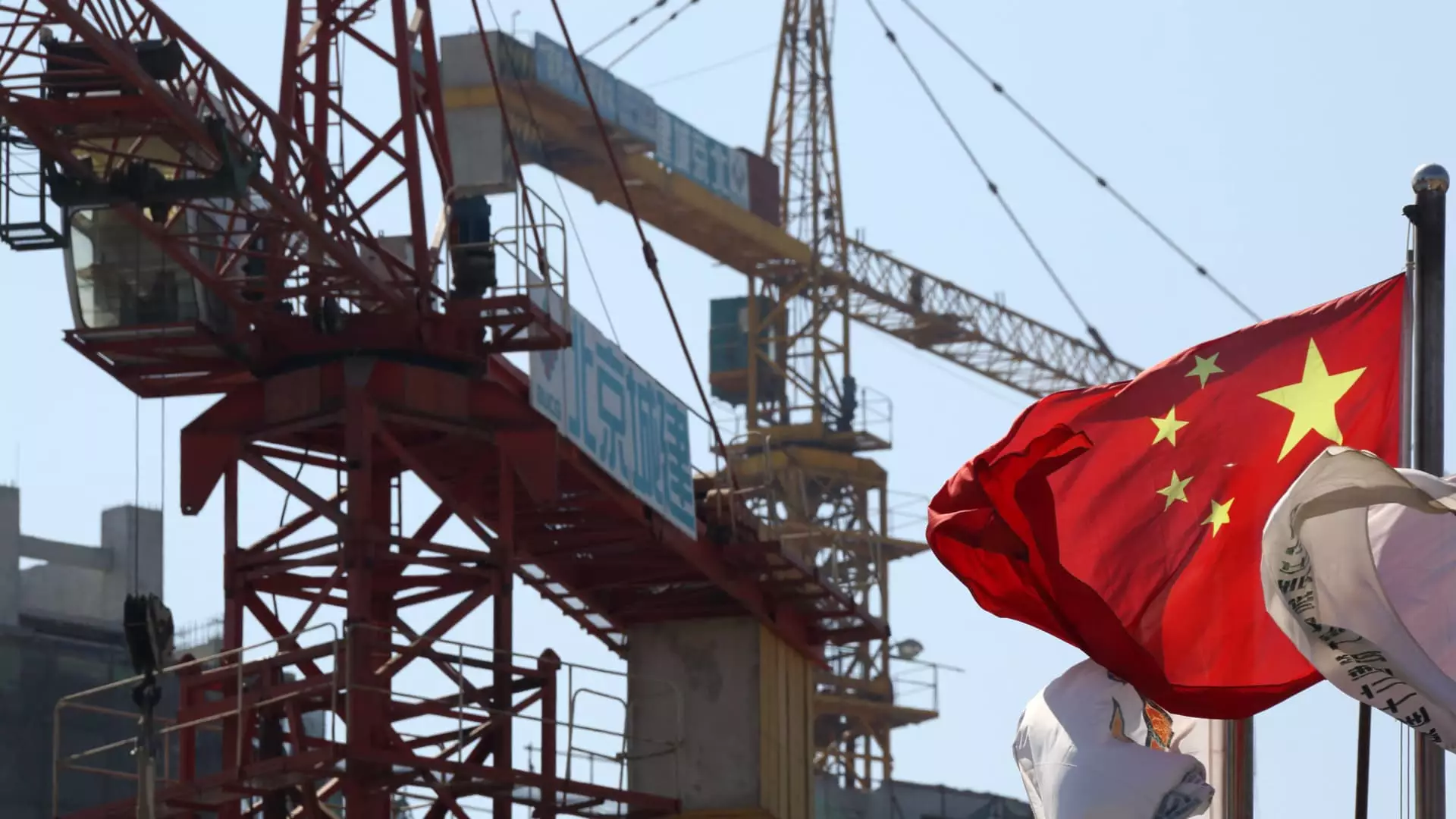China’s economic landscape is one rife with complexities, even as it contemplates recovery strides through recent government initiatives. Although the World Bank projects a modest boost to China’s growth for 2024, anticipation lingers over a forecasted decline to 4.3% in 2025. This marks a significant area of concern given that the 2024 growth estimation has been slightly revised upward from earlier forecasts. This raises critical questions about the durability of short-term policy measures versus the pressing need for long-lasting structural reforms.
The Chinese government’s recent stimulus measures, aimed primarily at reviving flagging investor confidence and propelling the stock market, demonstrate the urgent need to inject vitality into the economy. However, the World Bank’s projections reveal that despite these initiatives, fundamental issues remain largely unaddressed. These issues include stagnating consumer spending, prevailing fears surrounding employment security, and a diminishing property market.
Aaditya Mattoo, the World Bank’s chief economist for East Asia and the Pacific, flags the “fiscal dimension” of these stimulus measures as a crucial area lacking clarity. This ambiguity complicates predictions about their long-term efficacy in reigniting consumer spending, especially in light of the deep-seated concerns regarding salary stagnation and increasing living costs that affect consumer confidence.
Many financial analysts underscore the critical role that consumer spending plays in China’s economic resurgence. James Sullivan from JPMorgan emphasizes that without a direct impact on consumer demand, any government spending aimed at boosting supply will likely yield limited results. The nuanced question remains: can policy measures stimulate the necessary demand from consumers, or will they simply serve to stabilize the supply chain?
The stagnation in consumer spending is symptomatic of broader socio-economic grievances, which include anxieties regarding job security and healthcare costs. This precarious environment complicates efforts to convince consumers to resume spending, consequently hindering the overall economic recovery.
While stimulus measures may offer a temporary lift, they are not sufficient on their own to address the structural challenges plaguing the Chinese economy. Critics have long argued that structural reforms encompassing competition, infrastructure enhancement, and educational investment are essential for sustainable growth. Yet, the current focus appears to be heavily skewed toward monetary interventions, which may not resolve the underlying issues affecting consumer behavior and economic vitality.
Mattoo reiterates that without robust policy actions targeting reform, China’s economy may continue on a downwards trajectory. This sentiment underscores a crucial turning point for policymakers as they wrestle with the dual challenge of instilling immediate economic vitality while laying the groundwork for foundational changes to ensure long-term stability.
The ramifications of China’s economic slowdown extend beyond its borders, raising questions about the stability of the East Asian economy as a whole, which depends heavily on China’s growth dynamics. With projections of a slower growth rate within China, neighboring economies must consider mechanisms to pivot from reliance on Chinese growth. The World Bank estimates indicate that growth within the East Asia and Pacific region might reach 4.9% next year, primarily fueled by expected export recoveries; yet, this growth trajectory hinges on finding alternate domestic drivers.
The statements from China’s National Development and Reform Commission hint at policymakers’ recognition of the urgent need for adaptive measures. Initiatives like accelerating special purpose bond issuance are steps in the right direction. However, once again, the absence of bold and definitive announcements on substantive new stimulus initiatives showcases the precarious balancing act that authorities must perform between immediate relief and long-term economic overhaul.
The outlook on China’s economy necessitates a critical evaluation of both current and future initiatives. The modest gains projected may be overshadowed by the imperative for meaningful reforms and consumer confidence building. As the economic environment evolves, the challenge remains to harmonize short-term measures with long-lasting structural strategies. It is clear that mere reliance on stimulus is insufficient; a more intricate interplay of policy reform and consumer engagement will be vital for steering China back on course towards sustained economic growth, influencing the wider region in the process.

Leave a Reply